Amsterdam bans creation of new hotels
Another piece in the overall strategy to reduce tourist flows to the city
 TheMayor.EU logo
TheMayor.EU logo Because the love for eating out is an ancient and beloved tradition
The summer season is starting to slowly wind down, which means we can finally relax and not worry about our beach bods so much and permit ourselves some other pleasures in life – namely, food!
Autumn is one of those seasons when good eating is considered almost a must, since times immemorial, because this was when the harvest was finally collected, and the attention of the communities turned to store calories for the winter.
Speaking of food and traditions, what could be lovelier than exploring the history of a city through its culinary notes? That’s why I’ve decided to be of help and compile a list of the oldest, and still operating restaurants in each EU capital so that you can flesh out and spice up your next visit – no matter if it’s business or leisure-motivated.
History buffs and food aficionados, pack up and let’s go! It’s dinnertime somewhere.
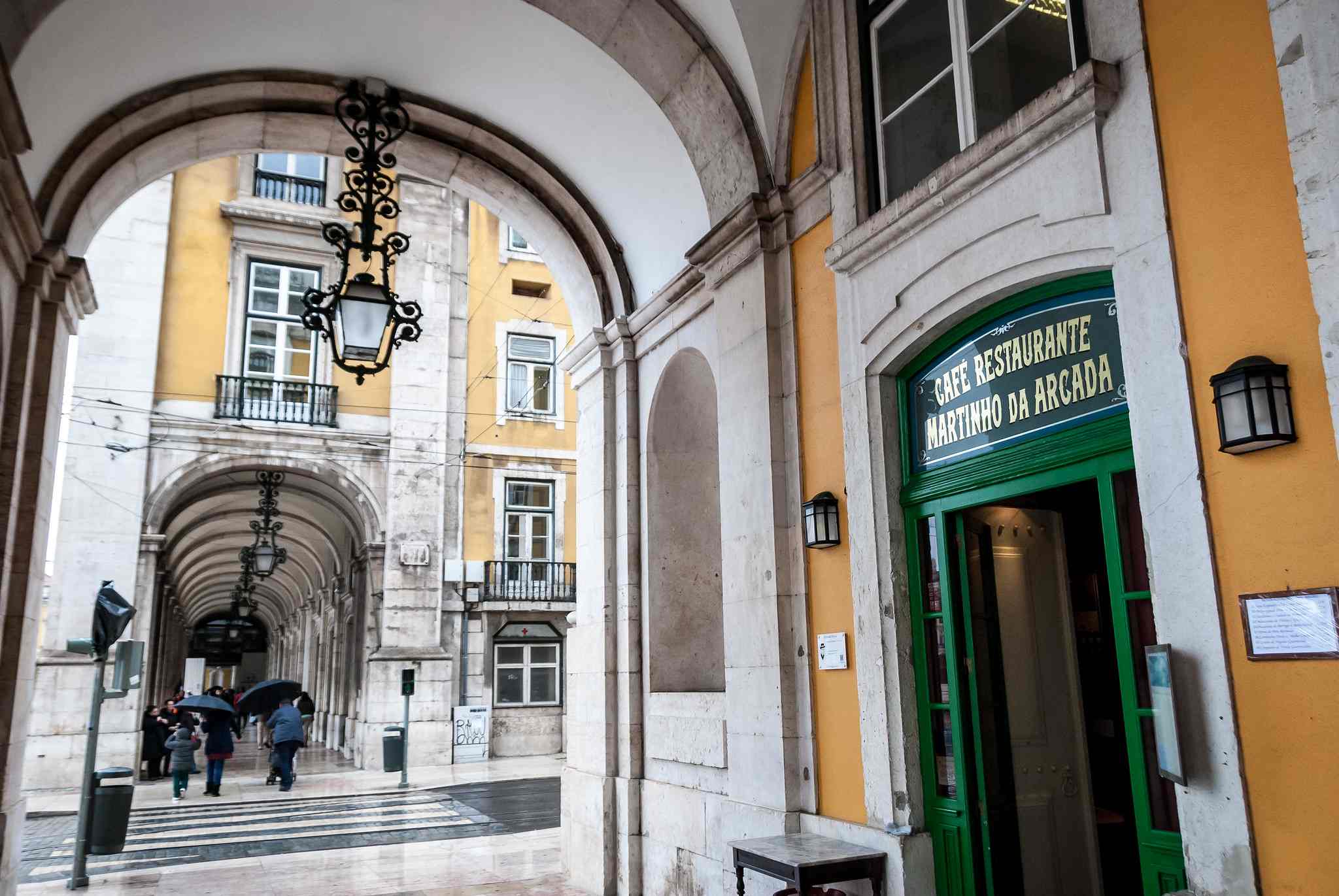
The arcade that's given part of the name of the restaurant.
Source: Stijn Nieuwendijk on Flickr (CC BY-NC-ND 2.0)
Two establishments have been battling out for the prestigious title of the oldest restaurant in the Portuguese capital: Tavares and Martinho da Arcada. However, the decision here is easy if we compare the official years of establishment – and the winner is Martinho da Arcada.
Founded in the distant 1782, it precedes its rival by two years. You can find it at the Praça do Comércio in the Baroque district of Baixa de Lisboa. Actually, the business itself dates even earlier to 1778, when it began as a liquor store, where you could also buy ice.
In fact, the founder, one Julião Pereira de Castro, was the official ice supplier to the Portuguese royal family. The restaurant has changed names throughout the years. Its current name dates back to 1829. It refers to the then proprietor Martinho, who added the sobriquet “da Arcada” (At the Arcade) to differentiate it from another café that he owned in the city.
Today, the café-restaurant is a true temple to traditional Portuguese cuisine, where you can sample different dishes with codfish. Among its most illustrious diners in the past was Fernando Pessoa, considered the greatest Portuguese poet to have lived, who has a table permanently reserved in his name.
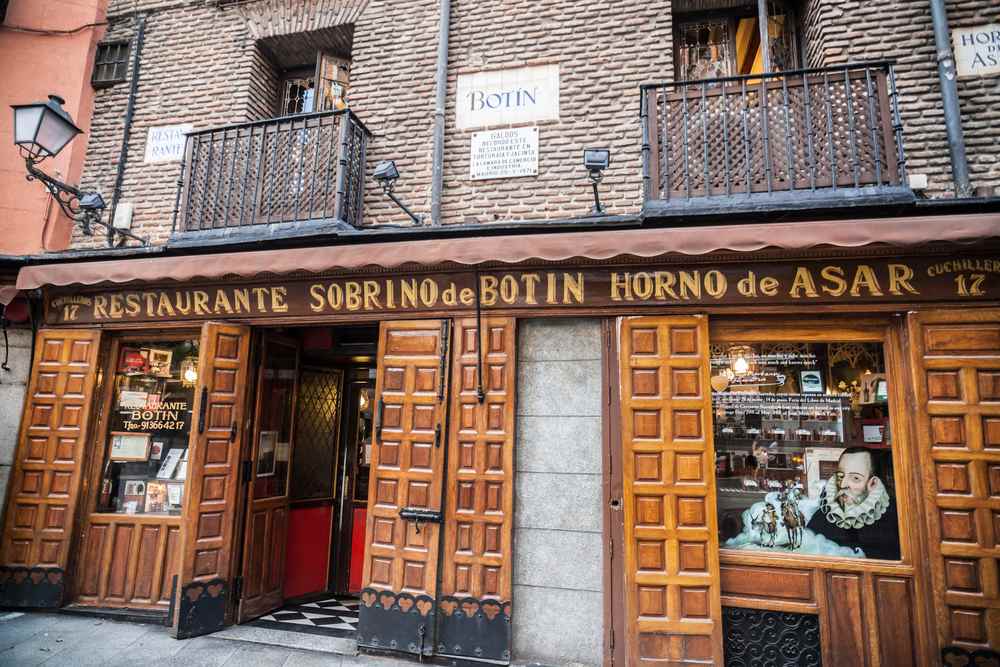
The facade of Sobrino de Botin features heavy wooden doors. Source: Depositphotos
Next time you find yourself in Madrid, you’d do yourself a favour to book a table at Sobrino de Botin, considered the oldest surviving restaurant in the entire Iberian Peninsula. The name translates as The Nephew of Botin, which clearly indicates that there’s a story behind it.
A Frenchman by the name of Jean Botin moved to the Spanish capital full of entrepreneurial spirit and decided to open up a tavern in 1725. Yes, this means that in less than two years, the establishment will celebrate its 300th anniversary, which is quite a remarkable feat for any business to achieve. Think about it, since that time many countries haven’t even survived.
What’s even more remarkable is that the building, or at least its wine cellar, is even older. It was first mentioned in a document in 1590. And as the name suggests, after Jean’s death, his nephew took over and changed the title accordingly in 1753 basically setting it in stone.
The restaurant dedicates itself to the classics of Castillian gastronomy, and more specifically – roasted suckling pig (cochinillo asado) with wonderfully caramelized skin. It’s been so tasty for ages, that it even deserved a mention in Ernest Hemingway’s novel The Sun Also Rises.
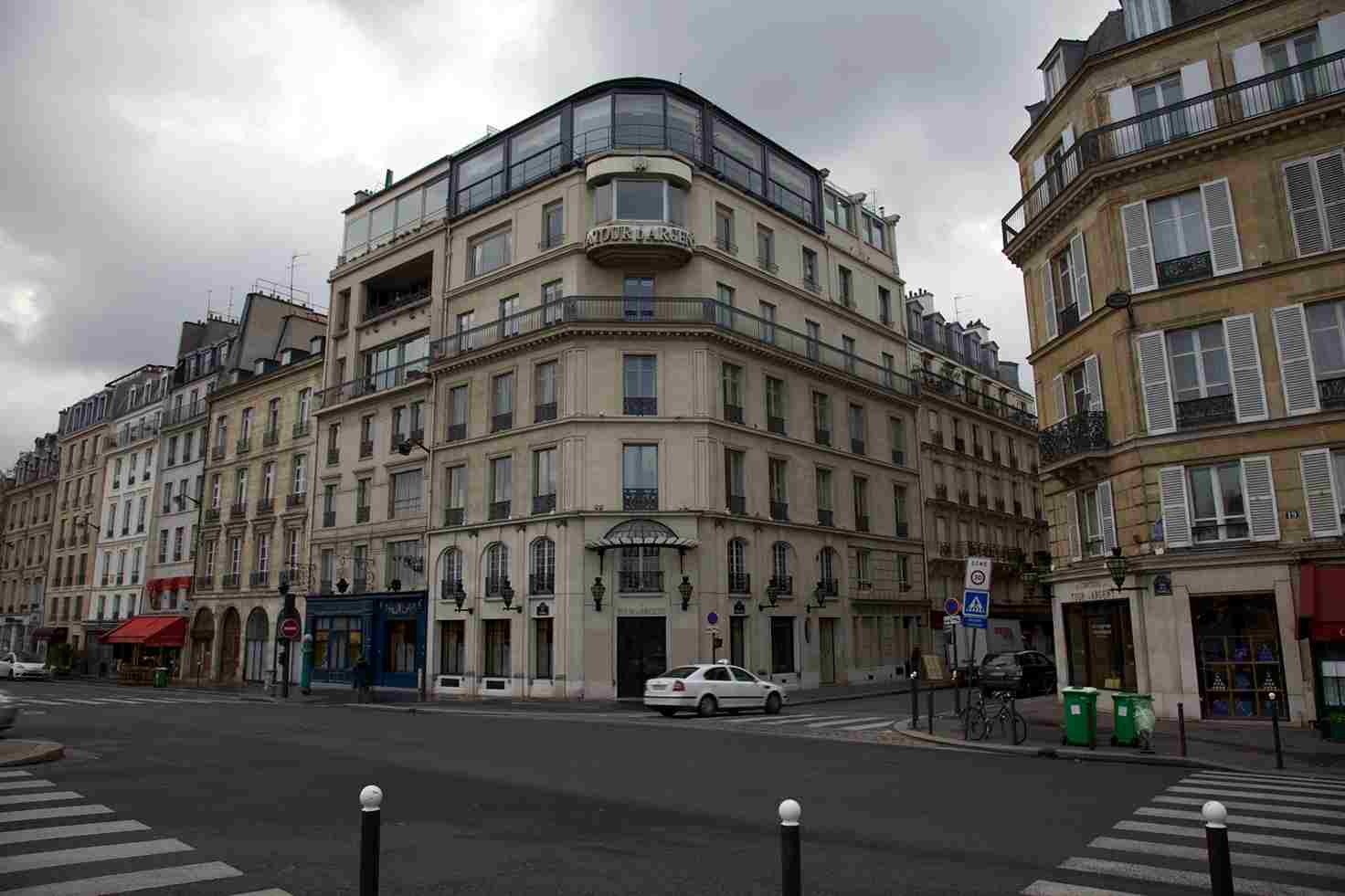
La Tour d'Argent is located on the sixth floor. Source: J. Hendron on Flickr (CC BY-NC 2.0)
This Parisian institution, whose name translates to the Silver Tower, could be a subject of an entire book, and a thick one at that. Its origins reportedly date back to 1582, and its first customers were even the Kings of France, at a time, when eating out was still quite a novelty.
The story goes that King Henry III discovered the use of the fork there when he saw some Italian gentlemen using the utensil there. Later, Cardinal Richelieu was said to be a regular customer.
There’s a catch, however. All of these stories are unconfirmed and might just be a marketing myth generated through the ages, as no document confirms their veracity. In fact, the restaurant had not been mentioned in any sources before 1860.
That still means that it’s a historic establishment, but who really knows if it’s that old. It’s really up to you to decide whether to accept the beautiful stories as truthful. But if you do, then you’d still be in for some surprises. La Tour d’Argent offers a magnificent view of the Notre Dame Cathedral across the Seine.
Plus, the speciality of the restaurant is something that might not be for everyone, but maybe you’re adventurous when it comes to food. Called “pressed duck”, the dish involves squeezing out the blood and marrow of a duck carcass with the help of a special press tool. The juices are then cooked into a sauce with the addition of butter, lemon and Madeira wine and served with the roasted duck legs and breast. Apparently, it’s the height of gastronomic luxury.
The restaurant is also proud to feature Paris’ most extensive wine list and cellar, and that in a country like France, says it all. The wine menu is 400 pages long, so you’d better follow the advice of the sommelier.
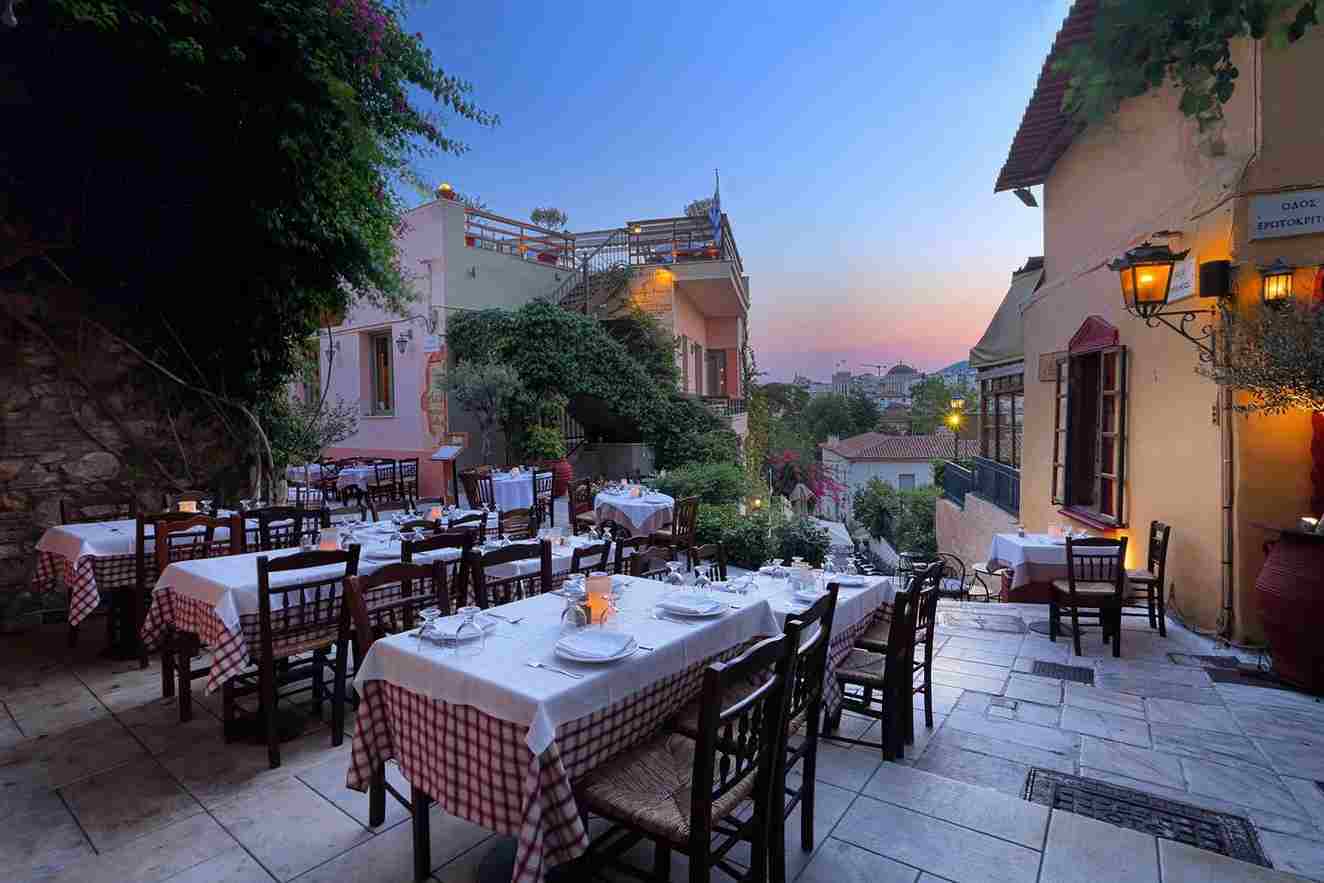
You can find the Old Tavern of Psarras at the top of the stairs.
Source: The Old Tavern of Psarras Facebook
Founded in 1898, this Greek resto’s name translates as “The Old Tavern of the Fisherman”, because why would you go to this country and not try the seafood?
The tavern’s history might not be as long as that of some of its counterparts, but it sure has been tumultuous. It has had to close doors due to various events, such as the two World Wars, which devastated the Greek capital, and yet every time, its owners were relentless in re-opening it.
The restaurant counts among its patrons names, such as Sir Laurence Olivier and Graham Greece, after it was praised in a book by English author Rex Warner in the 1950s.
You can find it in the district of Plaka near the well-known steps of Monsikleus.
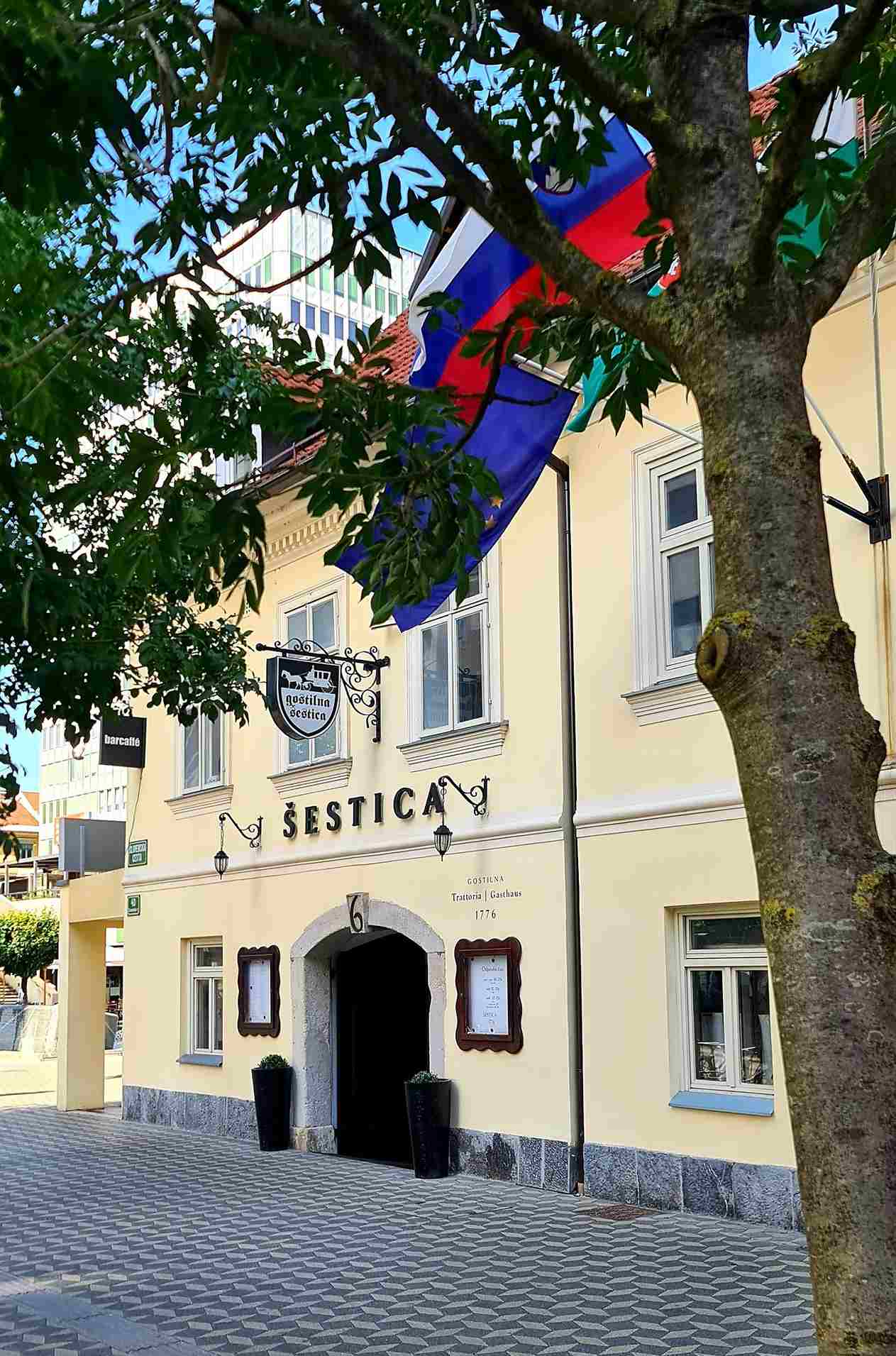
You can recognize the inn by the number 6 above the entrance gate.
Source: Gostilna Šestica Facebook
Gostilna is the Slovenian name for a tavern or an inn, and if you want to dive deep into the history of Ljubljana on an empty stomach, your best bet might be Šestica. Its name means The Six, and no it doesn’t have anything to do with the rapper Drake’s moniker for his hometown Toronto.
As you might imagine, the number that greets you above the arched entrance was originally the street number indicating the address of the house. Ironically, though, the local government renamed the street and numbering years ago and now The Six stands at 40 Slovenska cesta. Talk about confusion.
The restaurant cites the year 1776 as its foundation (the same year the USA gained its independence), however, the house itself is likely even older. It originally served cartmen travelling the route between Trieste and Vienna and needing a place to rest and reboot.
It is still a place where you can taste wholesome traditional Slovenian dishes, such as goulash, štruklji, kranjska klobasa, and potica. My recommendation: gibanica pie.
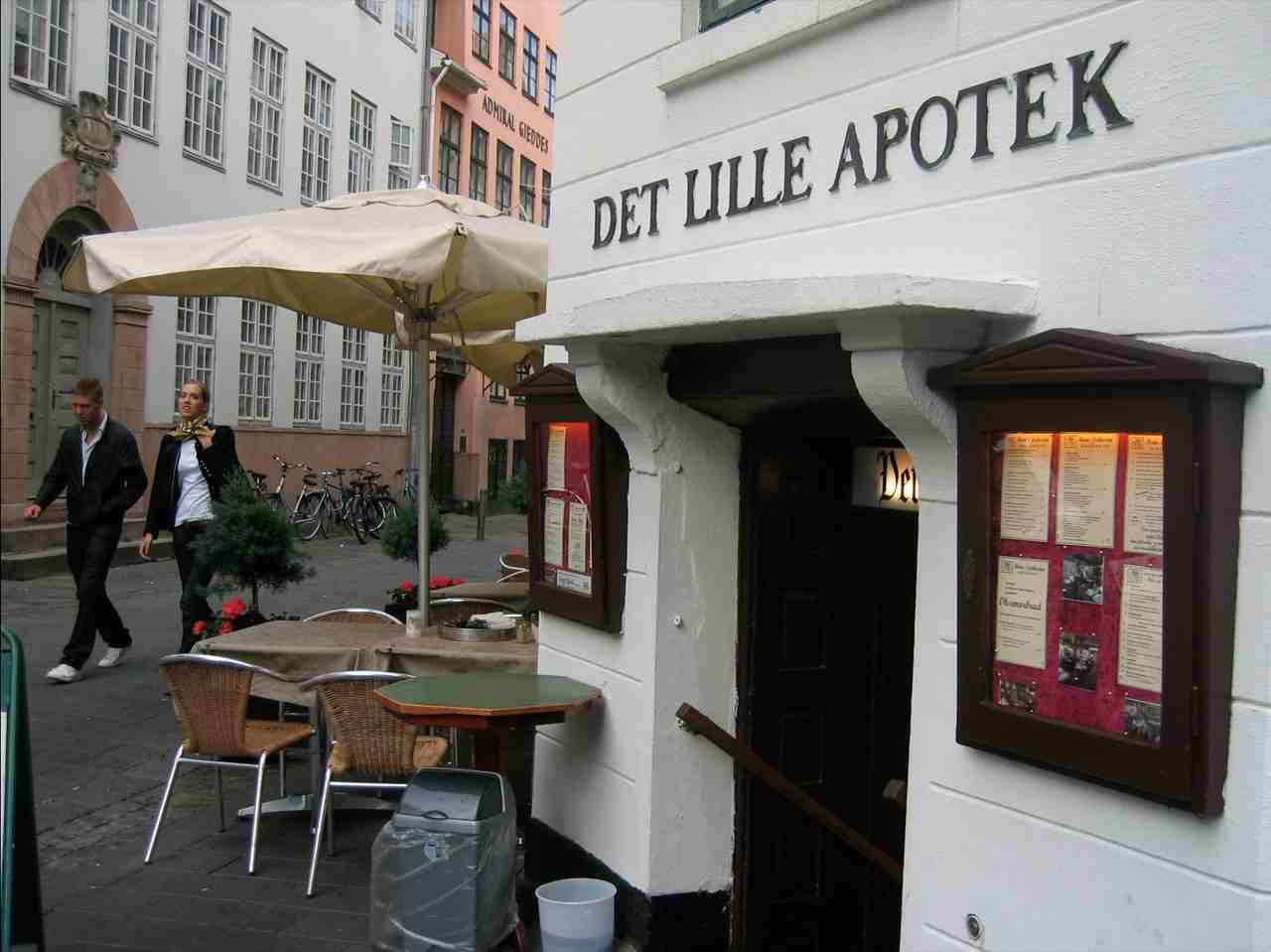
Det Lille Apotek was a favourite hangout spot of H.C. Andersen. Source: Depositphotos
Copenhagen’s oldest catering establishment surprises right from its name – The Little Pharmacy. Wait, what? Did we get into the wrong store? I couldn’t find any information as to why this name, but I imagine the premises must have housed a medicine dispensary before the business model was changed to heal through food.
Founded in 1720, you can find it near Copenhagen University. Arriving there you will be seated in one of the four cosy dining rooms and offered a wide selection of … open sandwiches. Yes, the Danish are very fond of these tasty delights, called smørrebrød (no idea how to pronounce it).
And like any self-respecting historic restaurant Det Lille Apotek wastes no time to indulge in name-dropping to prove its cred. Who other than the most famous Dane – Hans Christian Andersen – was a regular. The story goes that he even wrote The Ugly Duckling there while snacking on 3 kinds of herring with onion, capers, bread and butter.
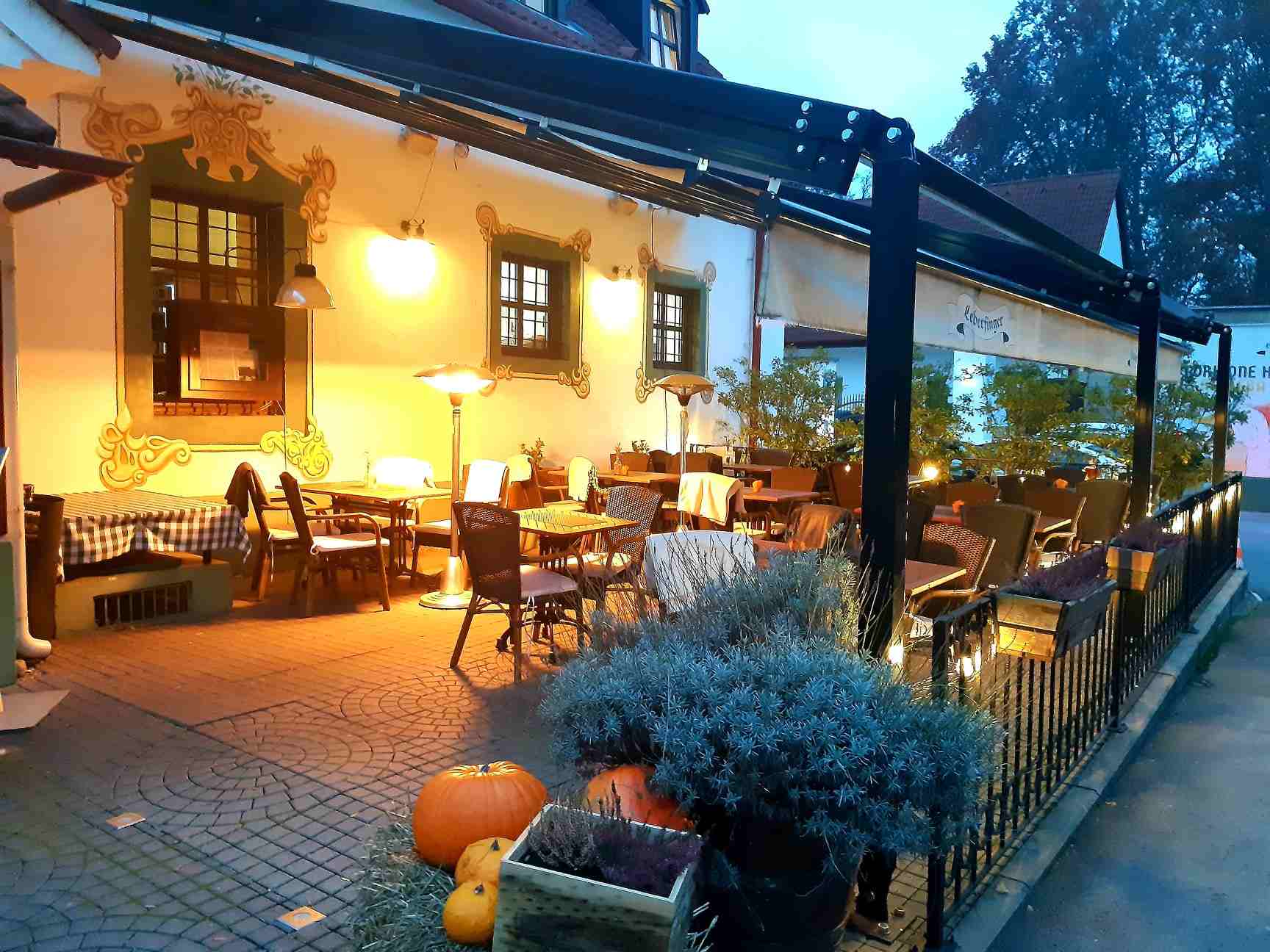
Some claim that this is Bratislava's oldest eatery.
Source: Leberfinger Facebook
Bratislavans haven’t quite yet agreed, which is the oldest restaurant in their city. Some say it’s Bratislavský Meštiansky Pivovar, a beer tavern, which probably started only as a brewery in 1752. Others bet on Leberfinger, which claims the year 1785.
Leberfinger’s story as told by its website, however, claims that the tavern itself is the direct descendant of an inn which was first mentioned in 1759. It was among the first hospitality places to appear in the newly established district of Petržalka on the right bank of the Danube, and opposite the Old Town.
The current name comes from Ludwig Leberfinger, who acquired the business in 1895. He must’ve done something right because in the following years, the claim-to-fame moment came when none other than Emperor Franz Joseph I paid a visit. In the first decades of the 20th century, Leberfinger was known as the purveyor of the best plum dumplings in town.
And wouldn’t you trust the refined taste of an emperor to guide you?

Legislators and magnates have to await a preliminary ruling from the European Court of Justice

The building will then serve as the site for a new museum dedicated to Finnish-Russian relations

Another piece in the overall strategy to reduce tourist flows to the city

In addition, the federal government has launched the National Week of Action against Bicycle Theft to raise awareness of the issue and the new solution

The facility will replace the need to have water supplied by tankers from Valencia

Modern traffic lights do more than regulate the flow of vehicles at crossroads, they also collect enormous amounts of data

Experimenting with public transport provision in Germany is clearly in a state of creative fervour

Legislators and magnates have to await a preliminary ruling from the European Court of Justice

It also set the standards for a better European parking card for people with disabilities

The benefit will last until the Dutch parliament adopts the transgender law

Experimenting with public transport provision in Germany is clearly in a state of creative fervour

It also set the standards for a better European parking card for people with disabilities

Urban dwellers across the EU are having a say in making their surroundings friendlier to people and the environment.

Forests in the EU can help green the European construction industry and bolster a continent-wide push for architectural improvements.

Apply by 10 November and do your part for the transformation of European public spaces

Catch up with some recommendations for the 2024 European Capital of Culture programme from the mayor of Tartu

An interview with the ICLEI regional director for Europe аfter the close of COP28

An interview with a member of the No Hate Speech Network team













